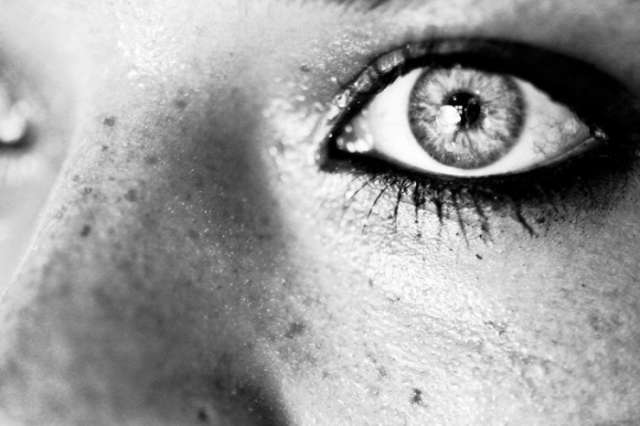Marsh has scanned the brains of dozens of such children in a bid to understand what makes them tick. The most striking finding is that they have smaller and less active right amygdalas, a brain structure thought to let us feel fear and see it in others, as she recounts in The Fear Factor.
The fact that psychopaths fail to empathise with others’ terror is old news. Before brain scanners were common, that could be shown just by asking them to identify pictures of fearful faces, a task they struggle with. Marsh quotes a psychopath in an English prison sitting such a test for a colleague: “I don’t know what that expression is called – but I know that’s what people look like right before I stab them.”
The twist Marsh adds is to link this finding with her work on a very different group of people: extreme altruists, who go to extraordinary lengths to help others. The most obvious examples are people who save others from burning buildings or freezing rivers. As a teenager, Marsh herself experienced such a rescue after a car accident late at night, an experience that helped motivate her research career.
Heroes are thin on the ground, though, so instead Marsh studied another kind of altruist: people who donate a kidney to a stranger. Many of us might consider giving a kidney to a relative, if we are healthy, but those who turn up at their nearest transplant hospital to offer their spare kidney to whoever is at the top of the list are a rarer breed. Marsh has found that this group has the opposite suite of traits to psychopaths: their right amygdalas are bigger and more active than most people’s, and they are particularly good at recognising fearful faces, voices and body language.
You can probably see where this is going. Marsh’s big idea is that humans vary in how kind they are to others, with psychopaths at one end of the spectrum, and extreme altruists at the other. And the key biological determinant of where you sit is your right amygdala, via how much it pains you to see or imagine others in distress.
It is a persuasive idea and one that Marsh provides some supporting evidence for, although it seems a little too simplistic. It would have been nice to hear from her about the caveat that brain scanning studies may reveal correlation, not causation. In other words, perhaps the root cause of psychopathy is the malfunctioning of some other more complex and dispersed neural network, or perhaps even that some people have underactive amygdalas because they underuse them.
“Your place on the spectrum is shown via how much it pains you to see or imagine others in distress”
Some of her other theories also seem speculative, such as when she argues that we tend to help people with fearful faces because the expression makes them look more babyish. Then there is her idea that the evolution of lactation in mammals is a prerequisite for intensive maternal care. Where does that leave the impressive parenting skills of non-lactating Emperor penguins, Nile crocodiles and even some octopuses?
Still, The Fear Factor is a fascinating tour of altruism research, all the better for being sprinkled with anecdotes about Marsh’s life, career and unforgettable research subjects. As well as the extremes of human nature, Marsh says plenty that is of relevance to those of us in the middle of the bell curve, including how we can strive to be more altruistic in our everyday lives.
More about: #science
















































